Stewart's Presentation: May 2022
Environmentalism & Photography:
Synopsis of presentation to West Somerset Monochrome Group on 11 May 2022
The presentation considered the way in which photographers have demonstrated concern with environmental matters, presented in a historical sequence up to the 1980s.
Carleton Watkins was considered the first photographer to actively advance an environmental issue. In 1864 his photographs of the Yosemite Valley in California illustrated a report successfully presented to the US Congress calling for the land to be set aside for “public use, resort & recreation” and “inalienable forever”.
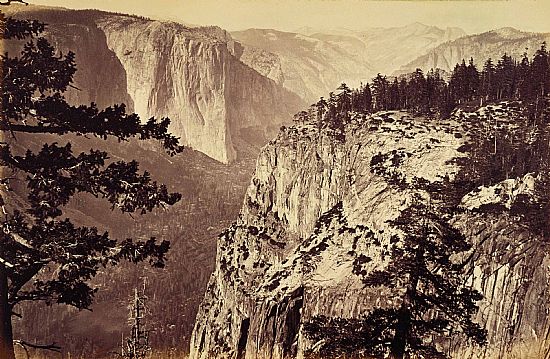
Carleton Watkins
In similar fashion photographs by William Henry Jackson helped establish Yellowstone as the world’s first National Park in 1871.
For the following 50 years little direct connection between environmental concern & photography is obvious. Photographers seemed concerned with other matters, such as whether photography was an art & with social issues, though documenting exploration was prominent, for instance Herbert Ponting images of Scott’s Antarctic expeditions.
From the mid 1930s, the “Dust Bowl” problems hit the Great Plains of the USA, bringing great rural hardship & migration. The Government’s response included the recruitment of photographers to capture the work of their Resettlement Agency. These included Dorothea Lange and Arthur Rothstein who captured the impact on farmland & soils as well as communities, leading to some changes in governmental land policies.
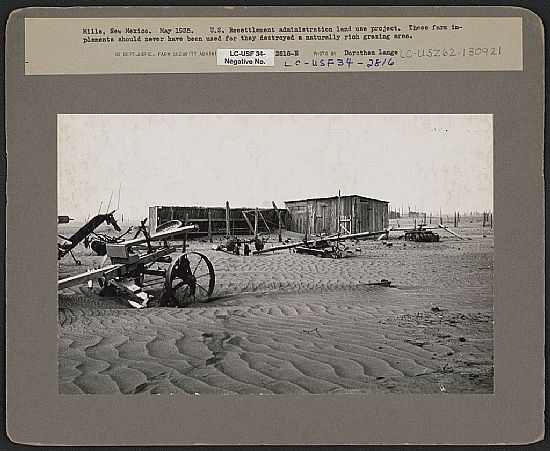
Dorothea Lange
Probably the best known photographer who espoused conservation of the environment is Ansel Adams. His many remarkable images of Yosemite (covering 50 years) and other National Parks show his great interest in wild landscapes. He also lobbied Government on many environmental issues. However he kept photography and environmental activism quite separate: his autobiography states that “I never intentionally made a creative photograph that related directly to an environmental issue”. It can be argued that many of his images do not show threatened or degraded landscapes, and that the viewer’s interpretation of threats is needed.
In the 1950s & 60s the National Geographic magazine was a rich source of writing & photography about the planet’s environment. However serious articles about pollution and habitat loss did not appear until the 1970s, with several NG photographers of this time would become environmental activists later.
The photography of this period concentrated on fashion & teenage culture, despite popular music & science books increasingly dealing with environmental concerns. However photographs from the Viet-Nam war showed aerial spraying of pernicious herbicides as well as the harsh human impacts.
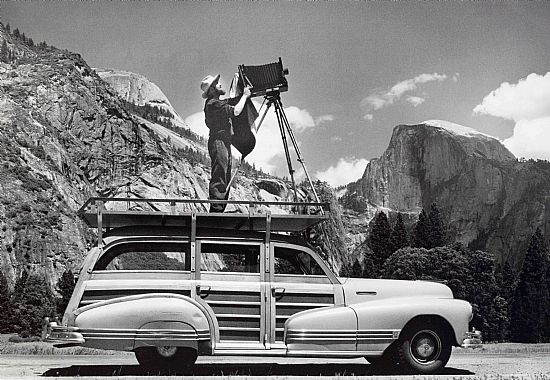
Ansel Adams
In the early 1970s Eugene Smith investigated another dangerous pollutant working in Japan on Minamarta disease, caused by Mercury discharge entering the food chain. He was seriously assaulted & injured during his work to reveal the social & environmental impact. For a while Smith was a member of the prestigious Magnum Cooperative, but Magnum’s output shows little capturing of environmental issues.
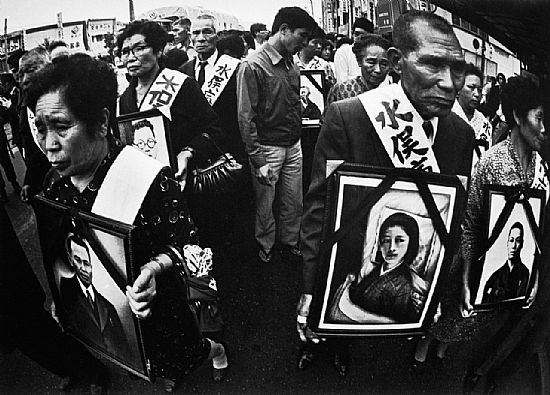
Eugene Smith
Around the world, the environmentalist thread was picked up by increasing numbers of photographers from the 1970s onwards, though their major output and substantial activism came later. One of earliest was Fay Godwin, who became progressively more involved with countryside conservation and access in the UK. Her 1990 book “Our Forbidden Land” – a polemic for the right to roam – contains an extensive essay and all images have captions, some with background stories, an approach quite distinct to Ansel Adams.
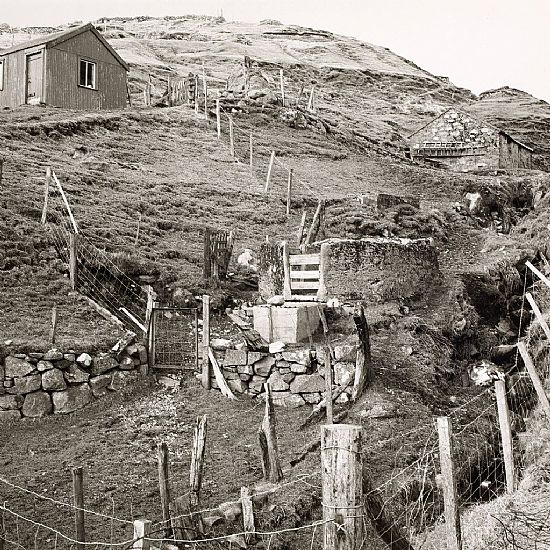
Fay Godwin
Galen Rowell & Frans Lanting both started with NG, but made distinctive contributions in their own right: Rowell on Mountains and again Yosemite: Lanting on issues in Botswana & Borneo. Coming from other careers were Sebastiao Salgado & Yann Arthus-Bertrand: the former started on social issues in less developed nations before embracing environmental concerns, and setting up a major project restore degraded forest land. Bertrand worked in the Masai Mara but his 1990s book “Earth from above” brought his concerns to the fore. Edward Burtynsky’s work, using large format cameras to produce large images, unequivocally shows man’s impact on the environment, a totally different approach to Adams.
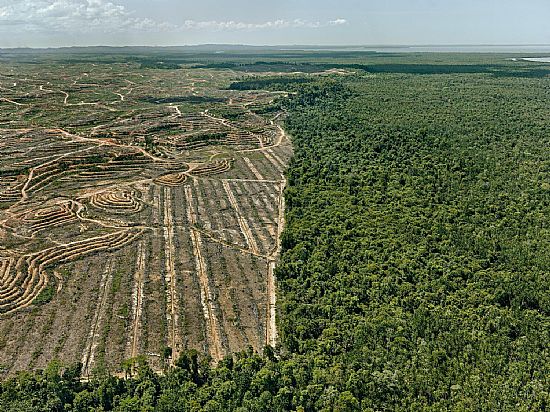
Edward Burtynsky
Although the presentation did not consider how photography & environmentalism have interacted during the last 30 years, two photographers active in recent years were noted as a brief coda. Q T Luong visited & photographed all the land-based monuments threatened by President Trump’s environmental repeals to demonstrate their great value, mirroring the earlier contributions of Watkins & Adams. Nick Brandt has a singular approach of using huge posters of animals in landscapes where they no longer occur. He co-founded a foundation dedicated to Africa’s wildlife & ecosystems, which now employs hundreds of rangers protecting 2 million acres of land.
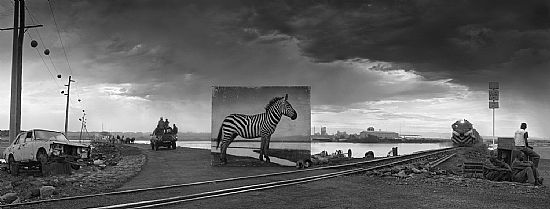
Nick Brandt
Further information on the photographers noted above is readily available on the internet: all have pages on Wikipedia and many have their own sites. The author would welcome details of other photographers active in environmental conservation in the period up to 1970s, and also apologies for any errors in the text!
Stewart Lane; May 2022

